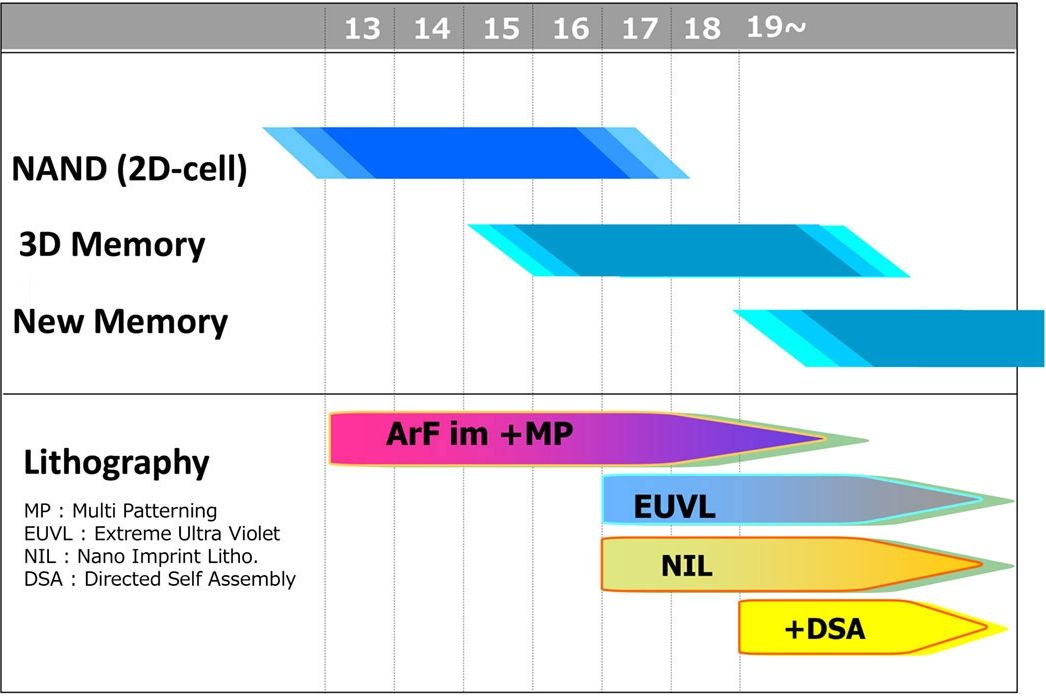Some of Israel’s latest nanotechnology startups reveal how they can improve many aspects of life, from public safety to food safety.
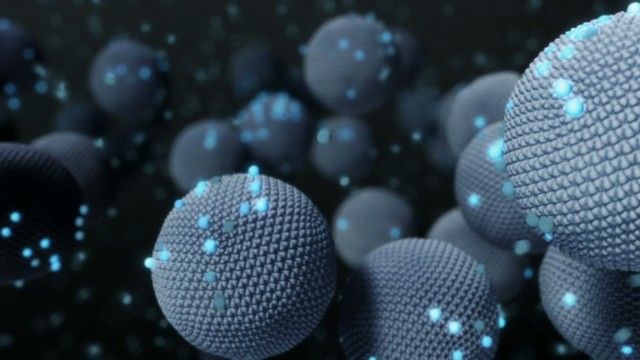

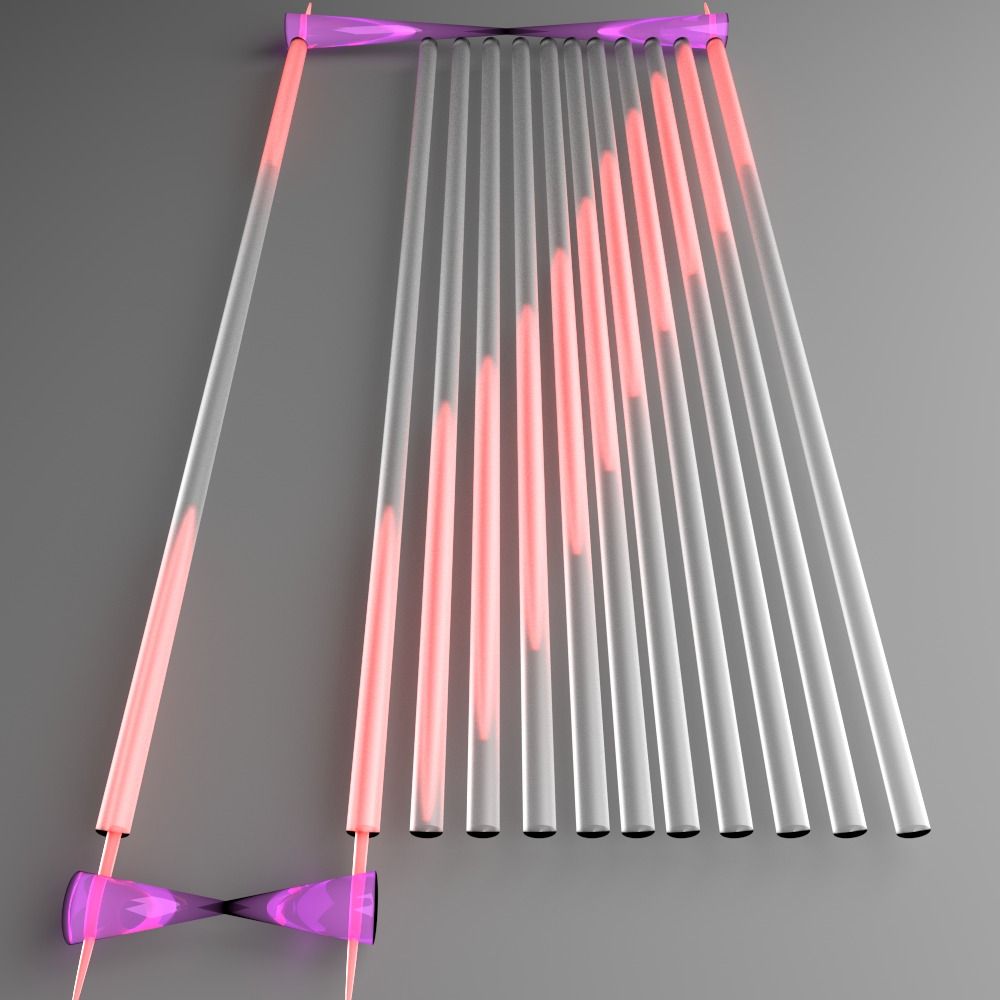
Australia’s Quantum Data Bus; nice. We’re getting closer and within the next 7 years we will more than likely have quantum in mainstream computing at this rate.
RMIT University researchers have trialled a quantum processor capable of routing quantum information from different locations in a critical breakthrough for quantum computing.
The work opens a pathway towards the “quantum data bus”, a vital component of future quantum technologies.
The research team from the Quantum Photonics Laboratory at RMIT in Melbourne, Australia, the Institute for Photonics and Nanotechnologies of the CNR in Italy and the South University of Science and Technology of China, have demonstrated for the first time the perfect state transfer of an entangled quantum bit (qubit) on an integrated photonic device.
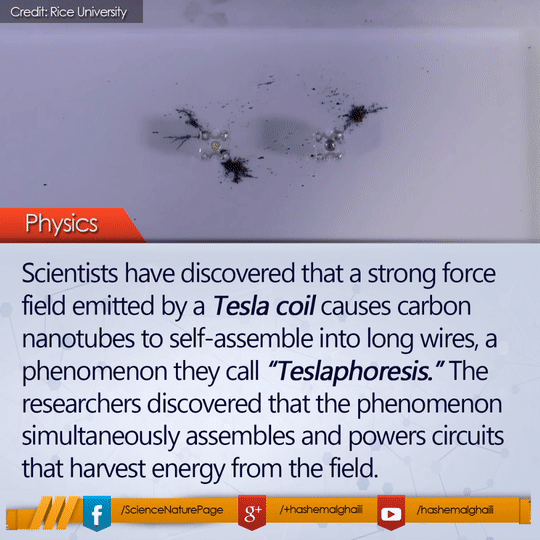
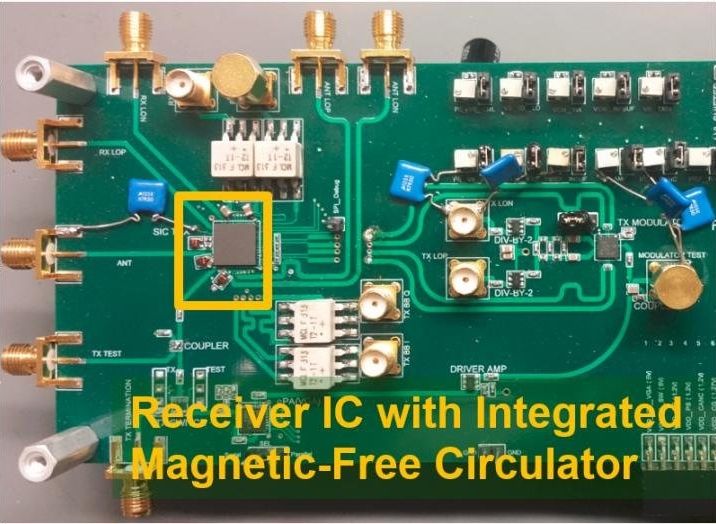
“This technology could revolutionize the field of telecommunications,” says Krishnaswamy, director of the Columbia High-Speed and Mm-wave IC (CoSMIC) Lab. “Our circulator is the first to be put on a silicon chip, and we get literally orders of magnitude better performance than prior work. Full-duplex communications, where the transmitter and the receiver operate at the same time and at the same frequency, has become a critical research area and now we’ve shown that WiFi capacity can be doubled on a nanoscale silicon chip with a single antenna. This has enormous implications for devices like smartphones and tablets.”
Krishnaswamy’s group has been working on silicon radio chips for full duplex communications for several years and became particularly interested in the role of the circulator, a component that enables full-duplex communications where the transmitter and the receiver share the same antenna. In order to do this, the circulator has to “break” Lorentz Reciprocity, a fundamental physical characteristic of most electronic structures that requires electromagnetic waves travel in the same manner in forward and reverse directions.
“Reciprocal circuits and systems are quite restrictive because you can’t control the signal freely,” says PhD student Negar Reiskarimian, who developed the circulator and is lead author of the Nature Communications paper. “We wanted to create a simple and efficient way, using conventional materials, to break Lorentz Reciprocity and build a low-cost nanoscale circulator that would fit on a chip. This could open up the door to all kinds of exciting new applications.”
Carbon nanotubes in a dish assemble themselves into a nanowire in seconds under the influence of a custom-built Tesla coil created by scientists at Rice University.
But the scientists don’t limit their aspirations for the phenomenon they call Teslaphoresis to simple nanowires.
The team led by Rice research scientist Paul Cherukuri sees its invention as setting a path toward the assembly of matter from the bottom up on nano and macro scales.
There are even hints of a tractor beam effect in watching an assembled nanowire being pulled toward the coil.
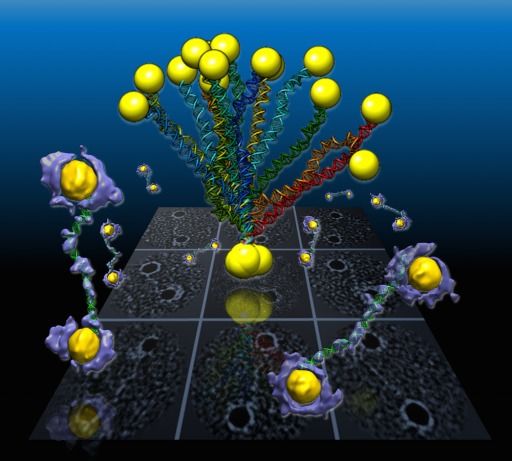
“DNA base pairing has been used for many years to direct the arrangement of inorganic nanocrystals into small groupings and arrays with tailored optical and electrical properties. The control of DNA-mediated assembly depends crucially on a better understanding of three-dimensional structure of DNA-nanocrystal-hybridized building blocks. Existing techniques do not allow for structural determination of these flexible and heterogeneous samples.”
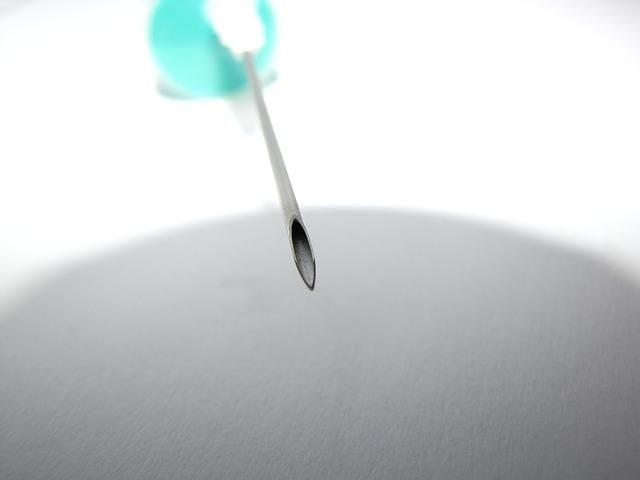
Most traditional vaccines have safety and efficacy issues, whereas particulate vaccine delivery systems—which utilize nano- or micro-particulate carriers to protect and deliver antigens—are efficient, stable, include molecules to bolster immune responses, and minimize adverse reactions due to the use of biocompatible biomaterials.
A new review, titled “Particulate delivery systems for vaccination against bioterrorism agents and emerging infectious pathogens,” summarizes the current status of research efforts to develop particulate vaccine delivery systems against bioterrorism agents and emerging infectious pathogens.
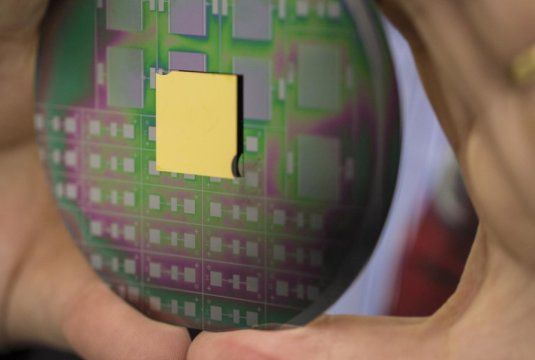
Australia did it again! They have developed a chip for the nano-manipulation of light which establishes the NextGen of Optical Storage and processing.
An Australian research team has created a breakthrough chip for the nano-manipulation of light, paving the way for next gen optical technologies and enabling deeper understanding of black holes.
Led by Professor Min Gu at RMIT University in Melbourne, Australia, the team designed an integrated nanophotonic chip that can achieve unparalleled levels of control over the angular momentum (AM) of light.
The pioneering work opens new opportunities for using AM at a chip-scale for the generation, transmission, processing and recording of information, and could also be used to help scientists better understand the evolution and nature of black holes.
Nanostructured samples and materials can be efficiently and reliable characterized using Anton Paar’s SAXSpace small- and wide-angle X-ray scattering (SWAXS) system. Users can obtain the size, shape, and size distribution of nano-sized samples and particle domains with the help of the SAXSpace. The device is ideally suited for the analysis of colloidal, biological (Bio-SAXS), and isotropic samples.
The SWAXS system also has a wide selection of accurate and versatile sample stages to meet each SAXS application. Easy handling and automatic alignment facilitate smooth operation. With the unique combination of robust design, short measurement time, and high system uptime, the device not only provides superior WAXS or SAXS results but also ensures high sample throughput. These capabilities make SAXSpace ideally suited to explore nanostructure in various materials, including surfactants, pharmaceuticals, proteins, foods, polymers, and nanoparticles.
Key Features
The key features of the SAXSpace are as follows:
